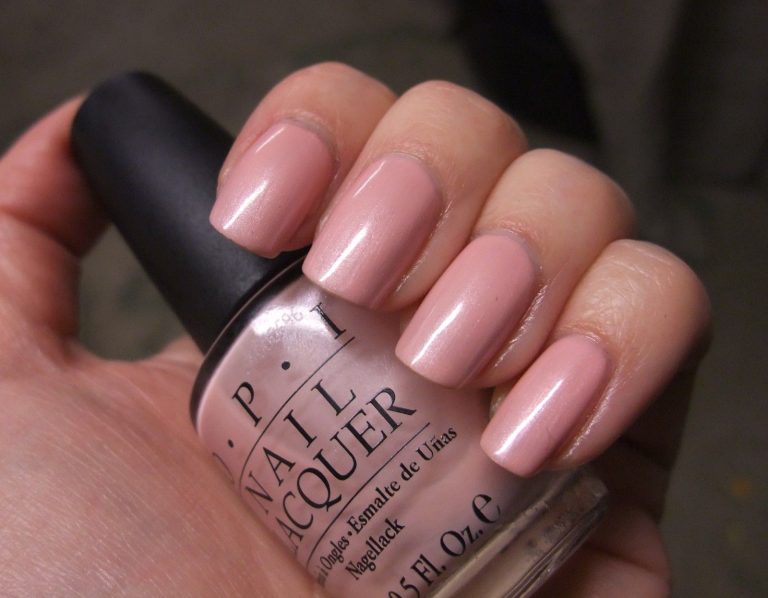Nail Polish

Nail polish (also known as nail varnish or nail enamel) is a lacquer that can be applied to the human fingernail or toenails to decorate and protect the nail plates. The formula has been revised repeatedly to enhance its decorative properties and to suppress cracking or peeling.
With so much attention lately going towards the ingredient labels on food, you may be left a little perplexed by that long list of chemicals on the back of your favorite polish. Fear not! We are here to demystify lacquer ingredients to help you better understand what you’re getting in that tiny, colored vial. The tough material that holds polish together. It’s a type of polymer, meaning it is made of large molecules that string smaller molecules together. Nail polish traditionally requires two types of resin: film-forming and adhesive. The film-forming resin gives the dried polish a shiny texture, while the adhesive polymer adds flexibility, so the lacquer is less brittle.
The solvent makes the polish easy to apply and dry relatively quickly. It helps the lacquer spread easily over the nail, and as the polish dries, it evaporates to leave behind dry lacquer. The key is to make sure the solvent doesn’t evaporate too quickly (which causes bubbles), but that it evaporates fast enough to allow nails to dry before getting smudged.